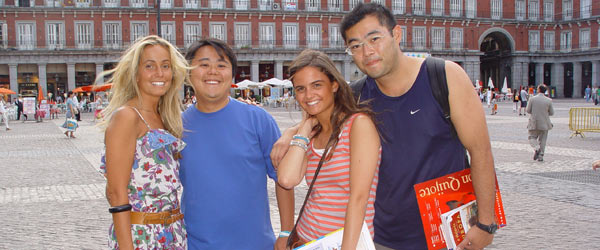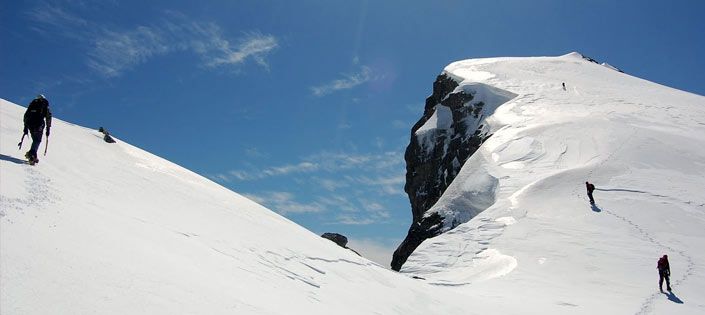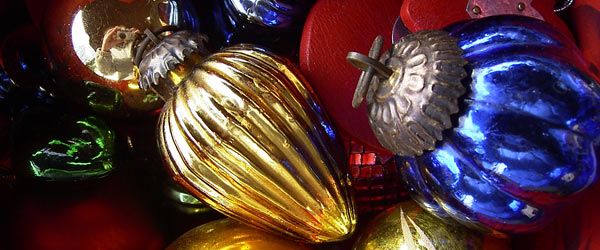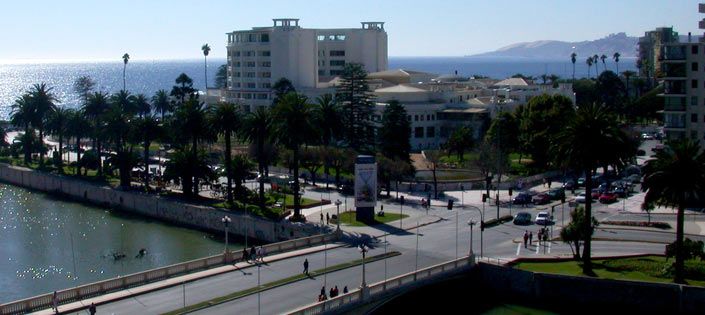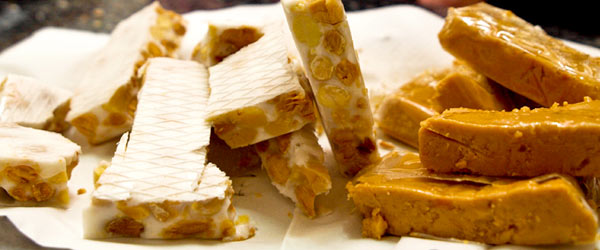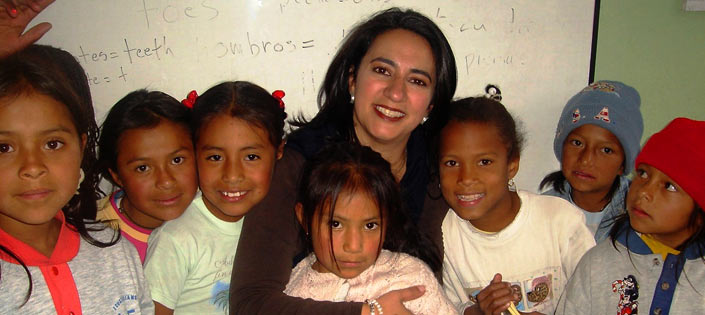Wikilengua: a page created by Fundeú | donQuijote
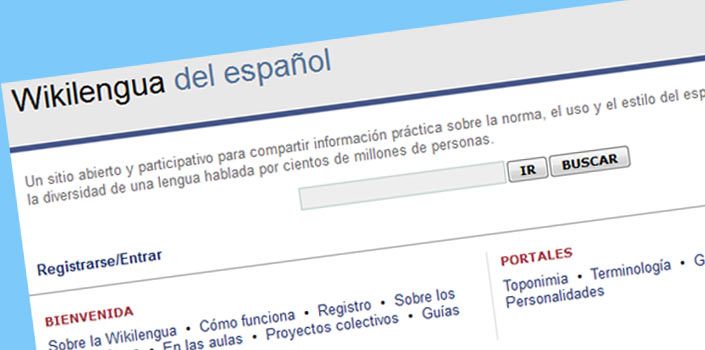
Wikilengua is a “wiki” designed and supervised by Fundeú BBVA (a foundation that the Royal Spanish Academy helped create to promote unity within the Spanish language). This “wiki” is an engaging resource for Spanish learners, formatted in a way that invites the user to explore everything from common errors made by native speakers, to fun linguistic curios; the site features one section that lists the names of animals which Spanish speakers around the world use to refer to different types people according to personality traits. For example, according to wikilengua, in Peru the word pulpo (octopus) may refer to a person with the ability to carry out a number of tasks at the same time.
At this point, many of you may be wondering what a wiki is. It’s just a website that lets the users themselves add, modify or delete content whenever and however they want. Wikipedia is probably the best known example. Those interested in adding or modifying Wikilengua.org just have to register first. If you’re reading this and considering posting purposefully false or insulting information on wikilengua to amuse yourself at the expense of those of us interested in delving deep into the richness of proper Castilian, keep in mind that Fundéu BBVA has monitors that proofread new content and intervene when necessary.
Anyone can contribute? Will that really foster correct usage of the language? At first glance, the Royal Spanish Academy’s use of this free-for-all concept in information resources seems contradictory to their purpose of establishing definitive Spanish rules as the highest authority on the matter. The site points out however, that Wikilengua’s purpose is not to establish language rules, but to offer a neutral perspective on language use, exposing national and international standard Spanish varieties, explaining to what degree different pieces of language deviate from those standards, and even exposing objections users may have to official rules. Users should keep content practical, avoiding overly complex articles with specialized linguistic jargon or theory. The site goes on to encourage users to be brave about modifying content, reminding them that although touching the work of others may feel a little funny at first, as if you were going to ruin it, you probably won’t (even if you do, the previous material can be retrieved).
Users are also encouraged to explore the site. The section entitled MINIATURAS in the bottom left hand corner of Wikilengua’s home page features a series of informative and entertaining sections such as one on common redundant expressions, short word combinations in which one word is unnecessary, such as base fundamental (fundamental base, base here already means something fundamental). Another section here gives correct plural forms that people commonly say wrong. You’ll also find lists of important initials, what they stand for, and Spanish translations when the original meanings are in a different language, such as AI for Amnesty International, (Amnistía Internacional). Learners will likely also enjoy sections listed under LEXICO entitled Jerga juvenile, which offers all the latest in Spanish slang.
Wikilengua is an interesting resource for anyone wishing to broaden their knowledge of Spanish as it’s used today all around the Spanish speaking world. The still relatively new “wiki” format gives us a unique glimpse into Spanish beyond dictionaries, textbooks and other traditional reference tools, as speakers themselves present the language as they personally know and use it.
